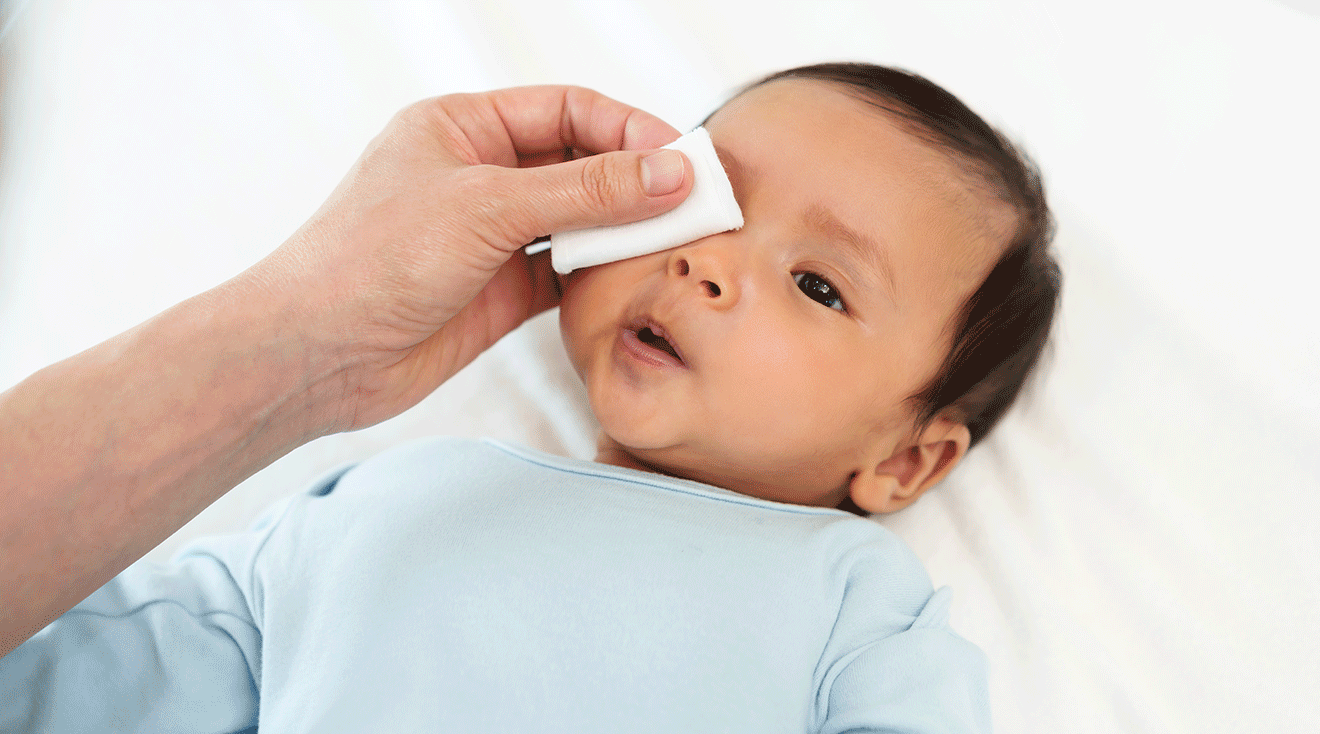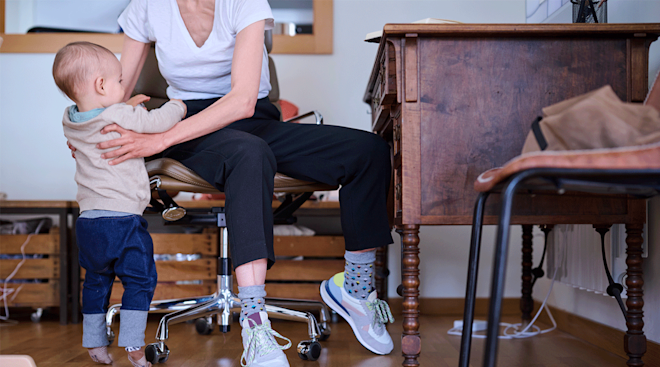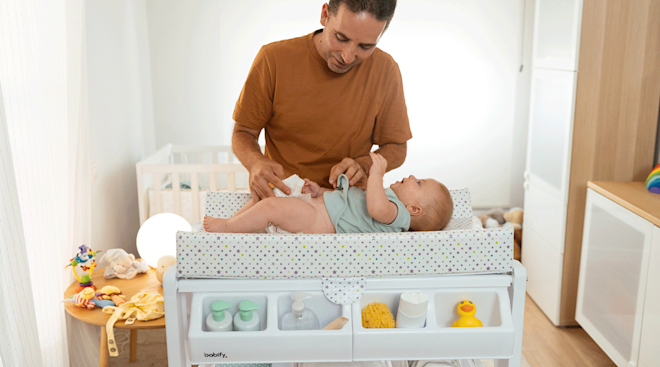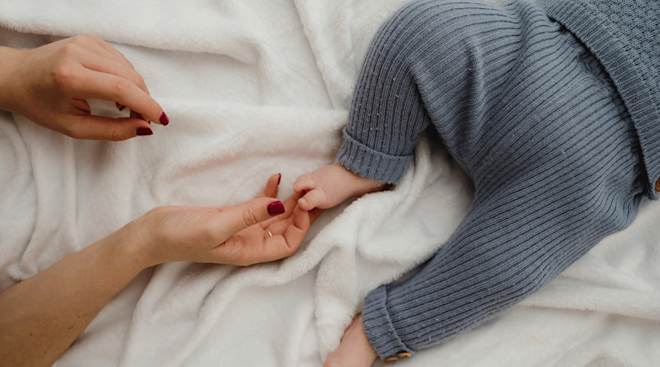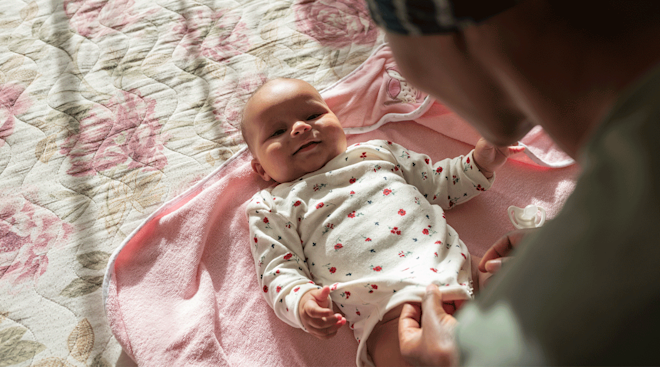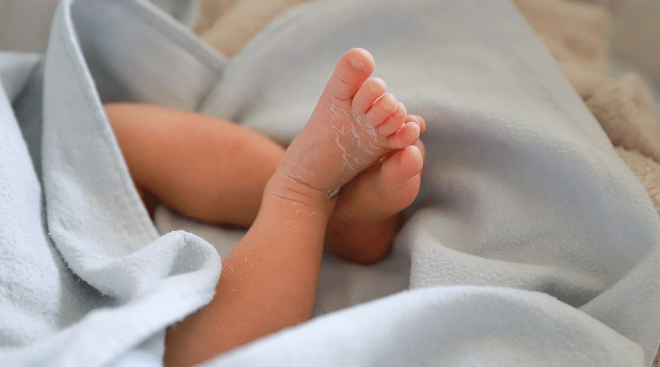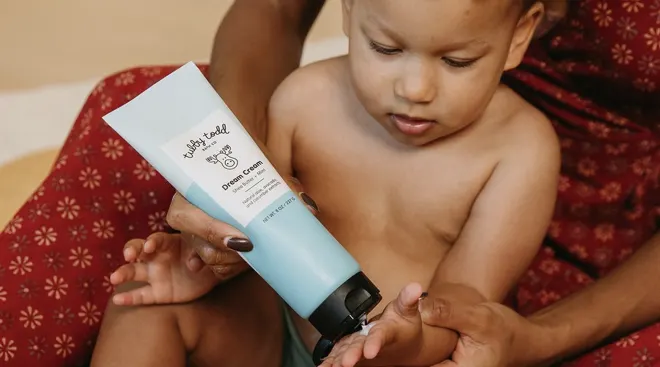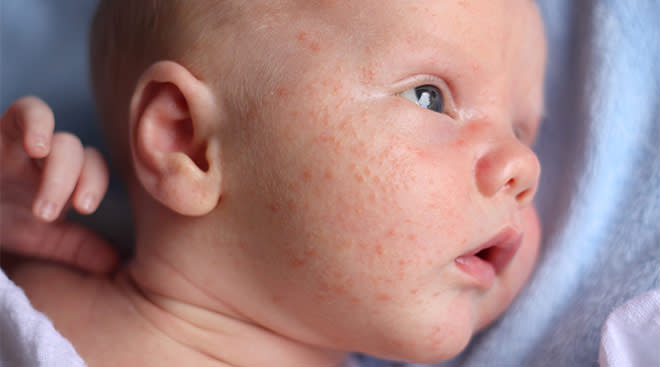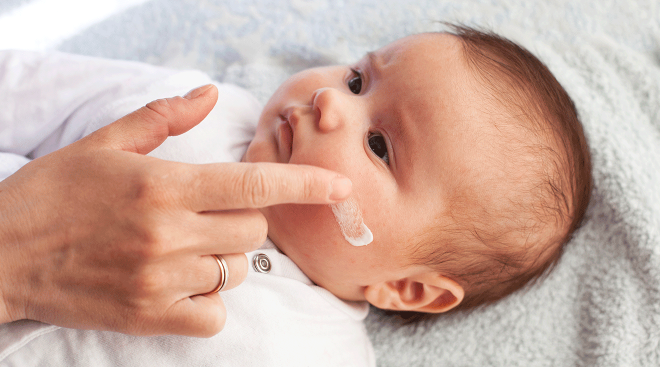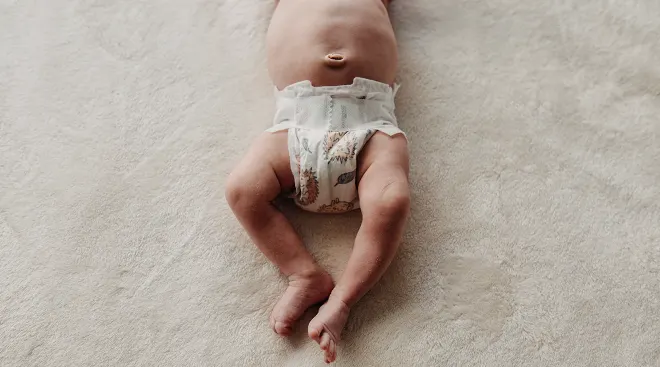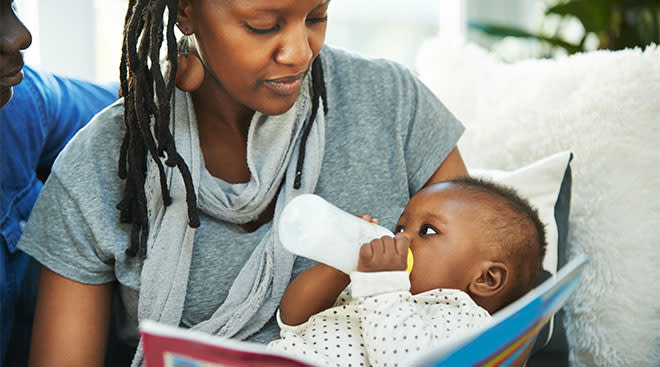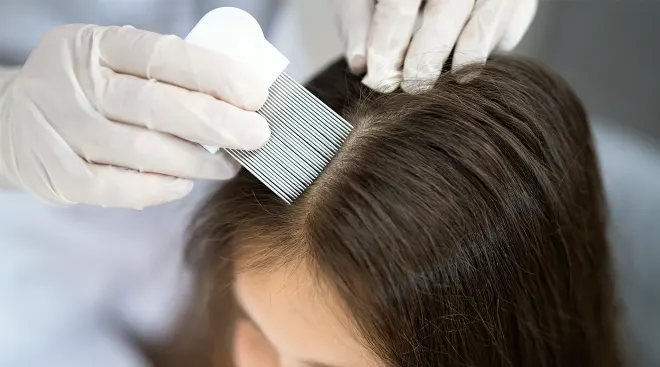What to Do if Baby Has a Blocked Tear Duct
During the first few months of life, every part of baby’s body is developing—and that includes their tear ducts. That’s right: Those tiny openings that allow tears to drain are underdeveloped at birth. This means you might notice a blocked tear duct in baby at some point during their first year of life. Thankfully, a clogged tear duct in a newborn is a common and harmless condition that almost always resolves on its own. Here’s everything you need to know about blocked tear ducts in babies—including how to clear one.
A blocked tear duct happens when there’s an obstruction in the normal drainage pathway of tears from baby’s eyes to their nose, says Luke Prest, MD, a pediatrician at Children’s Hospital of Philadelphia Primary Care. “Tears typically drain through channels called nasolacrimal ducts or tear ducts.” When baby has a blocked tear duct, tears can’t drain normally and build up in the eyes, causing discharge and irritation.
Babies are more vulnerable to blocked tear ducts because their ducts are tiny. “The tear system isn’t fully developed at birth. As a result, infants often have narrower tear ducts,” says Kristen Cook, MD, a board-certified pediatrician in southeastern Wisconsin. “This narrowing leads to a partial blockage within the tear duct. Sometimes, an infant will be born with extra tissue in the nasolacrimal duct, which can also cause a blocked tear duct.”
The American Academy of Ophthalmology estimates that up to 20 percent of babies are born with a blocked tear duct. Fortunately, the condition usually resolves on its own within four to six months.
The most common signs of a clogged tear duct in baby are excessive tearing and mucus or discharge sticking to the eyelashes, says Prest. Other signs to look for are small amounts of yellow drainage—typically stuck to the inside corners of the eye or to the eyelashes—and eyes or eyelids that are slightly pink from irritation, Cook says. “The drainage associated with a blocked tear duct in a baby often causes crusty eyelashes that can seal shut, especially after prolonged periods of sleep,” she adds.
In the vast majority of cases, you don’t need to do anything for a blocked tear duct in baby’s eye because it’ll resolve on its own, says Prest. “Around 50 percent of babies with an obstruction will see resolution by 3 months old. By 12 months of age, 80 percent or more will see resolution without treatment,” he says.
If baby seems bothered by the blocked tear duct, there are a couple of home remedies you can try in order to unclog the duct and encourage tear production:
- Use a warm washcloth. Wash your hands, then wipe any drainage or crustiness away with a warm, damp washcloth or cotton ball, says Cook.
- Try a tear duct massage. “Wash hands thoroughly, then place an index finger to the side of the nose of the affected eye, just above the corner of the eye,” says Cook. “Press gently, but firmly and slide the finger down the side of baby’s nose five to 10 times, two to three times per day.” While this isn’t a permanent fix, the manual pressure can help open up the duct, allowing tears to drain.
Can breast milk unclog a blocked tear duct in baby?
There’s an enduring myth that using breast milk in baby’s eye can help with a blocked tear duct. “While breast milk is amazing, it will not cure a blocked tear duct,” cautions Cook. “The majority of blocked tear ducts in infants are caused by an immature tear duct system, and breast milk will not correct the underlying anatomic problem.” For this reason, eye drops aren’t helpful either, she adds.
According to Cook, you should address the following signs with your provider:
- Persistent redness of the white portion of the eye
- Production of thick green or yellow eye drainage
- Redness or swelling in or around the eye
- Other symptoms of illness, like fever
Blocked tear ducts in babies might cause bothersome symptoms, but are common and usually resolve on their own. Keeping baby’s eyes clean with a damp, warm washcloth and doing a gentle tear duct massage is generally all you need to do to take care of baby’s eyes. But if you have any questions or concerns about a blocked tear duct in an infant, it’s always a good idea to check in with your pediatrician.
Please note: The Bump and the materials and information it contains are not intended to, and do not constitute, medical or other health advice or diagnosis and should not be used as such. You should always consult with a qualified physician or health professional about your specific circumstances.
Plus, more from The Bump:
Kristen Cook, MD, is a pediatrician in southeastern Wisconsin. She received her medical degree from Creighton University School of Medicine.
Luke Prest, MD, is a pediatrician at Children’s Hospital of Philadelphia Primary Care, Paoli in Paoli, Pennsylvania. He received his medical degree from the University of Iowa Carver College of Medicine.
American Academy of Ophthalmology, What Is a Blocked Tear Duct?, March 2015
Navigate forward to interact with the calendar and select a date. Press the question mark key to get the keyboard shortcuts for changing dates.
































